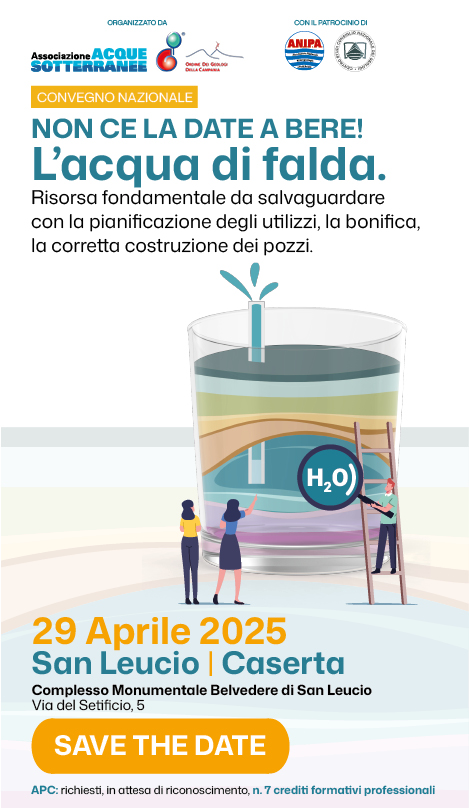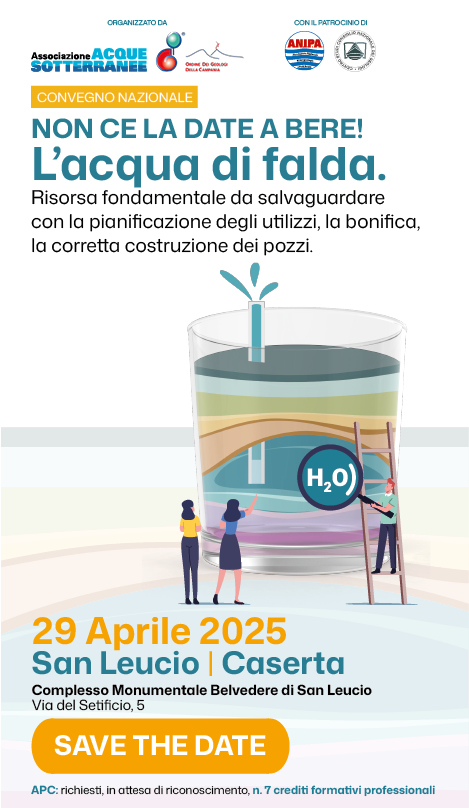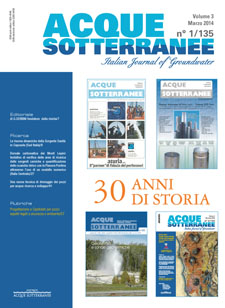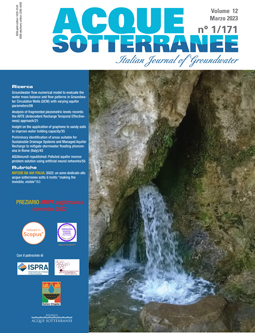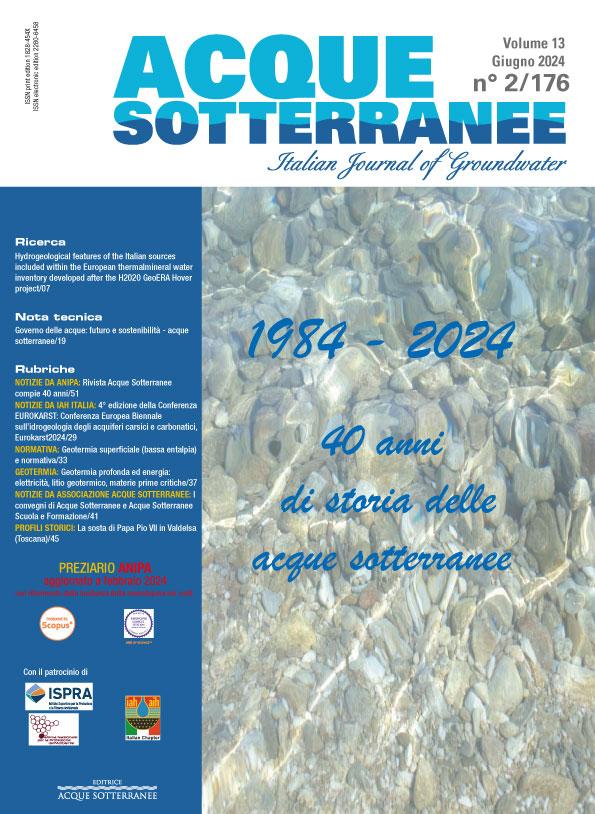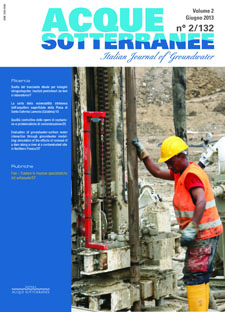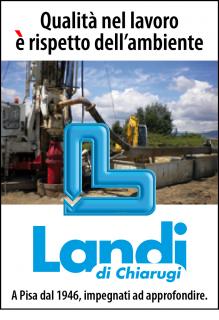Validity of the vulnerability methods DRASTIC and SI applied by GIS technique to the study of diffuse agricultural pollution in two phreatic aquifers of a semi-arid region (Northeast of Tunisia)
The phreatic aquifer of Oued Guéniche located in the prefecture of Bizerta (northeast of Tunisia) and of the phreatic aquifer of Grombalia located in the prefecture of Nabeul (northeast of Tunisia) have a great economical importance because they are used for irrigation and domestic consumption. They occupy respectively areas of 83 km2 and 392 km2. Both aquifers encompass an area comprised mostly of agricultural zones, characterised by an increasing use of chemical fertilizers. Those chemical fertilizers threaten the quality of the ground waters. The study of the vulnerability to pollution of those aquifers was made by applying two vulnerability methods: the generic DRASTIC which is an intrinsic vulnerability method, and the Susceptibility Index (SI) which is a specific vulnerability to agricultural pollution method. This study employed the Geographical Information System (GIS) technology as a system for the acquisition, storage, analysis and display of geographic data. The validity of the two methods to agricultural pollution by nitrates was verified by comparing the distribution of nitrates in the two aquifers with the distribution of the different vulnerability classes. That comparison demonstrated that the SI method is the more valid method in the studied systems.

